Growing strawberries in the country and caring for them in the open field
Even a beginner can grow strawberries. This requires hard work and some basic knowledge. Planting strawberries in the open field should be carried out at a certain time, and the cultivation methods must be selected in accordance with the climatic conditions of the area. You will have to take care of the berry plantation regularly throughout the season. The secrets of growing strawberries are simple, but only by following them methodically, you get a good harvest.
Site selection and site preparation
It is not enough to know how to plant strawberries in the open field and what kind of care they need. Growing strawberries should begin by choosing a suitable location on the site that will meet all the requirements of this plant.
What do you need for a berry plantation?
- A place that is illuminated by the sun all day. There should be no buildings or tall trees nearby that cast shadows on the site.
- Strawberries should be protected from drafts and cold winds. For protection, it is advisable to plant low bushes on the leeward side.
- Water after rains and melting snow should not stagnate, otherwise the roots may rot.
Having chosen a suitable site in the country, it must be prepared in advance. The soil must be cleaned of plant debris, digged onto a shovel bayonet, and weed roots must be picked. Growing strawberries in the open field will be high yielding only on loose fertile soils with neutral acidity. Garden land in the country does not always meet these requirements, but it can be improved. If the soil is clay, then you need to add sand, compost and a little peat. A large amount of humus or compost, rotted leaf litter and clay chips are introduced into the sandy soil.
Strawberry cultivation technology involves crop rotation.
- Outdoor garden strawberries grow well after legumes, crucifers and any siderates.
- The place of the berry plantation needs to be changed periodically. When it is better to plant strawberries in the old place is a moot point. One thing is for sure - if two seasons in a row are planted on the old plot siderates and embed them in the soil, in the third year, strawberry cultivation can be resumed.
If planting strawberries will be carried out in the spring, the site is prepared in the fall. If the strawberry mustache needs to be planted in late August or September, then the beds must be prepared two weeks before planting.
Planting dates for strawberries
Planting time for strawberries depends on many factors, and primarily on weather conditions. Best of all, strawberry mustache in the open field takes root when planting them in the spring, when the temperature is above + 10 ° C. The roots begin to grow after 7-10 days. In the southern regions, the mustache is planted in early April, in the middle lane - in late April or early May, and in the Leningrad Region, planting can be carried out only at the end of May so that young, fragile strawberries are not damaged by night frosts.
You can plant strawberries in the summer, in the second half of August, or in the fall, until September 15. You should know that at temperatures from +7 to + 10 ° C, the mustache takes root only after three weeks. Knowing how to plant strawberries so that they have time to settle down before frost, and following the weather forecast, you can easily plan the time and timing of planting.
How to choose a variety
Classic strawberry varieties are early, mid and late ripening. The secrets of growing strawberries in the open field with a continuous wave of fruiting lie in the correct selection of the variety.If you choose and plant different varieties in the country that differ in the ripening time of berries, then the harvest can be harvested from the beginning of June to the end of July. If you also plant next to repair strawberriesthen the berries will ripen until early September.
Such a strawberry planting scheme, when varieties with different ripening periods are grown nearby, is used in central Russia. For the Leningrad region, the northern regions of the Urals, where the climate is colder and rainy, this scheme is not suitable. Early-ripening varieties are not grown there due to the fact that the flowering in spring falls under frost and the fruits are not tied. The best option is to plant late-ripening varieties (Gigantella, Bohema, Kubata, Pandora), which bear fruit in late June or July. If there is enough space in the country, then you can plant a remontant variety (Queen Elizabeth) nearby. The main crop of this variety is harvested in late summer, in the second half of August, and in warm autumn until October. In addition, the Gigantella and Elizaveta varieties are winter hardy, which makes them attractive for growing in difficult climatic conditions.
Unfortunately, despite the fact that there are very different varieties, strawberries have not yet been bred for cultivation in such regions as the Far East, Transbaikalia, Karelia. In Transbaikalia, the summer is warm, but the ground freezes in winter so that strawberries are not able to survive in such conditions, no matter what care they provide. There is no warm summer in Karelia, and this does not allow the berries to form and ripen. Experienced gardeners in Transbaikalia use heated greenhouses, but this method of growing strawberries does not always pay off.
Description of varieties
Garden strawberries are diverse, but two varieties can be distinguished especially:
- Gigantella;
- Elizabeth.
One variety differs from another in the period and period of fruit ripening, and Gigantella and Elizabeth are similar in excellent winter hardiness, large berries and a large bush size. Caring for them is no different from caring for regular strawberries.
Gigantella
Gigantella - This variety is bred in Holland. The bush is unusually large: Gigantella reaches a height of 50 cm, and by the third year it grows up to 60 cm wide. All berries are large - from 80 to 100 grams. They are tasty, sweet, with firm flesh.
Gigantella is winter-hardy, reproduces both by whiskers and seeds. Her mustache is powerful, with large rosettes. Gigantella forms the largest number of rosettes in the first 2 years after planting. Reproduction by dividing the bush is possible, but rarely practiced. The life span of the bush is 8 years, and the older the Gigantella, the more berries on each bush. The variety is mid-season, the first Gigantella berries are set in the second half of June, and they ripen in early July. This is considered a plus, because the flowers do not fall under frost and there is no loss of berries for this reason.
This giant strawberry is easy to maintain, but it is important to keep the distance between the plants when planting. They are planted at a distance of 50 cm from each other, at 1 m2 there should only be 4 plants.
Elizabeth
The Elizaveta variety is remontant. In the first half of summer, few berries are formed, but in August, Elizabeth always pleases with abundant flowering. There are usually no barren flowers. The berries are large enough, 40-60 grams. The Elizaveta variety is distinguished by the taste of berries - they are juicy, sweetness combined with sourness, aromatic.
The variety Queen Elizabeth is high-yielding. When grown in nutritious soil and with sufficient sun, up to 1.5 kg of berries are harvested from one bush. If the autumn is warm, then the Elizaveta variety can bear fruit until October.
It is necessary to take care of this garden strawberry more carefully than usual. Due to the fact that the berries are set constantly throughout the summer, and with favorable weather even in spring, nutrients in the soil are consumed quickly. Fertilize remontant strawberries often - every three weeks you need to apply a complex mineral fertilizer or feed it with mullein infusion.This care pays off by the fact that the Elizaveta variety bears fruit without interruption.
Propagate remontant strawberries with a mustache, dividing the bush and seeds. The mustache propagation method is the most effective, because they can be separated constantly, without disturbing the mother plant and without disrupting the fruiting process.
Propagation of strawberries
Garden strawberries reproduce in three ways:
- mustache;
- dividing the bush;
- seeds.
Seed propagation is rarely used, since this method is long and laborious. The division of bushes is used if a little mustache is formed or the strawberry plantation needs to be transferred to another place. Mustache reproduction is the simplest and most effective method. They grow constantly throughout the summer. Separate young rosettes in spring or late summer. With this reproduction, 3-4 daughter sockets are left on each mother plant. They are slightly dug into the ground so that they can grow roots. When 3-4 leaves are formed on the outlet, they are deposited.
Mustache reproduction is important to carry out on time:
- in spring - from late April to mid-May;
- in autumn - from early to mid-September.
Garden strawberries usually take root well, but this largely depends on the size of the outlet, the number of roots and weather conditions.
Important!
When breeding with a mustache in spring, the berries are harvested in the next season. With autumn planting, fruiting begins in a year.
Strawberry planting rules
How to plant strawberries correctly and at what distance the bushes of garden strawberries should be located from each other, depends on the area of the site.
If the site allows, then the best strawberry planting scheme is one-line. In this case, the bushes are planted in one row, placing them with a distance of 25 cm. Between the rows they maintain a large distance - 80 cm. This opens up access to the strawberries from both sides, thereby facilitating the care of it and the picking of berries. With a one-line planting, strawberry cultivation agricultural technology allows you to leave a mustache with one outlet. The rosettes quickly take root and thereby increase the width of the beds.
In a small area, garden strawberries are planted in two lines. In this case, the sockets are planted at a distance of 30 cm from each other in the same row, the same distance is observed between the lines. 80 cm is left between the two-row beds. With this method of cultivation, the mustache is removed so that they do not thicken the planting. Care is more laborious, but with regular feeding, the yield in dense plantings, when the bushes are planted next to each other, does not decrease.
Sockets are planted on a pre-prepared bed. The holes are spilled with water, a small mound is poured onto the bottom and the roots are distributed along its sides.
Important!
When planting seedlings, it is necessary to ensure that the roots do not bend, and the growth point (the middle of the seedling) is strictly at the level of the soil surface.
Until the outlets take root, the soil must be kept moist, but not flooded. Carefully loosen the soil between waterings.
Strawberry care
Strawberry care begins in the spring after the snow has thawed.
- The winter shelter is being removed.
- They clean the plantings from dry foliage. In early spring it is more convenient to do this - the heart has not yet begun to grow and will not be damaged.
- When the leaves begin to grow, it is necessary to feed with a complex mineral fertilizer, which should include potassium and superphosphate.
- If the spring is dry, constant watering is required - only when the soil is sufficiently moist, the largest number of fruit buds is laid.
- When flowers appear, berry bushes must be fed with infusion of mullein or bird droppings. The infusion should not be concentrated, the optimal ratio for mullein is 1:10, for poultry droppings - 1:20. Before making, the infusion is diluted with water in a ratio of 1: 5.
- When fruiting is over, all foliage from each plant must be cut off. This will provoke the laying of fruit buds for the next season.
- Further care consists in additional feeding and watering. Organic fertilizers are applied two more times per season, and watered depending on the weather. The soil should not dry out between waterings.
- In autumn, the foliage from the strawberry is not cut, it will serve as a shelter from winter frosts. Additionally, the plantings are covered with coniferous spruce branches, and in regions with severe winters, additional shelter with white agrofibre is recommended, the density of which should be 60g / m2.
- Every 3-4 years, planting should be rejuvenated.
conclusions
Strawberries do not grow by themselves; care for them must be constant. Without trimming the whiskers, the plantation will become thickened, the plants will not have enough nutrients for the formation of berries, the flowering will stop. Without weeding, after some time, the plantings will be overgrown with weeds, the bushes will degenerate, and without shelter in the frosty winter, the growing point will be damaged and the strawberries will die.

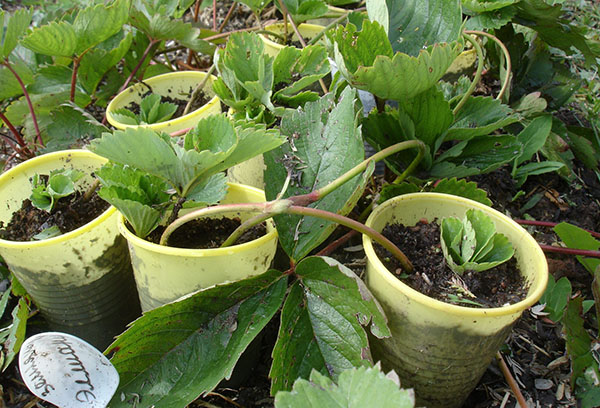
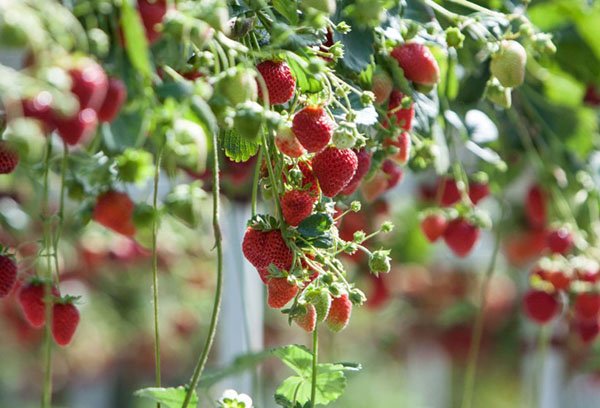
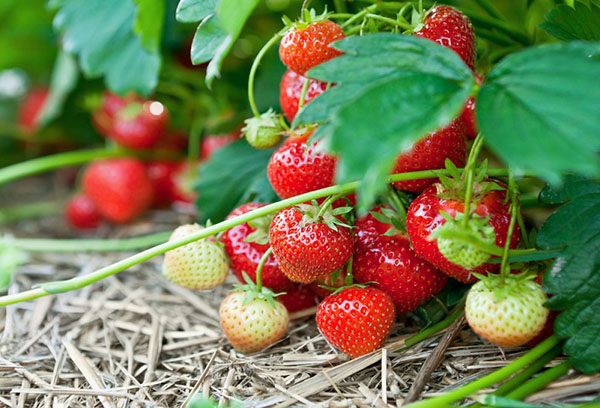

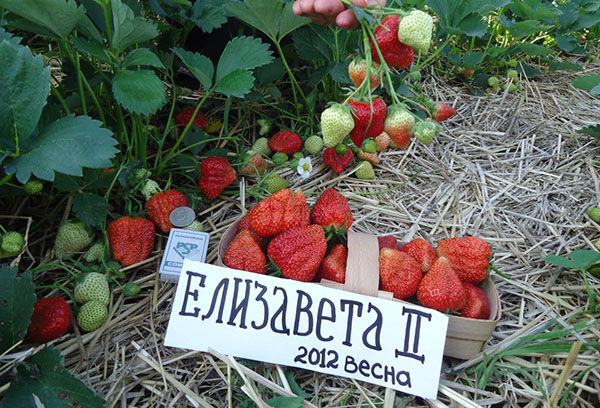

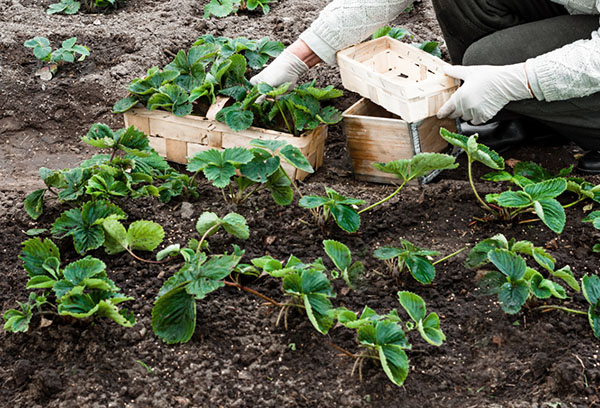
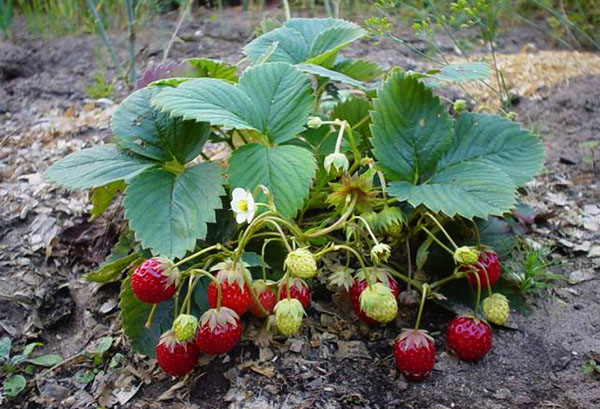
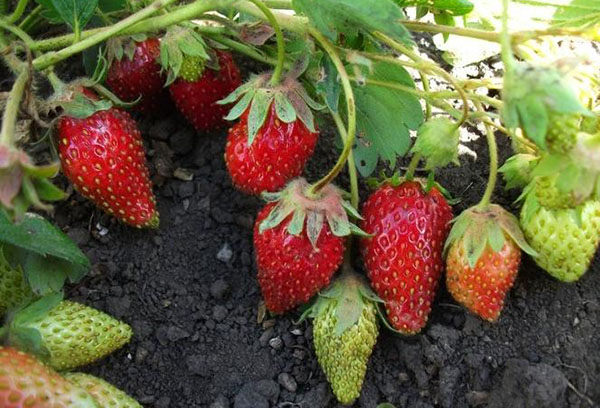
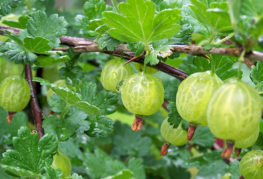
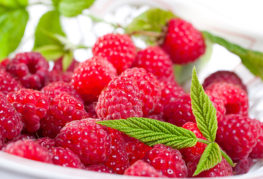
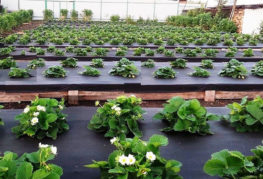
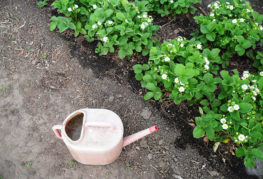
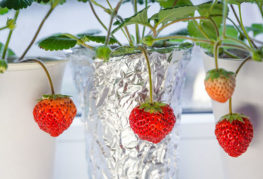
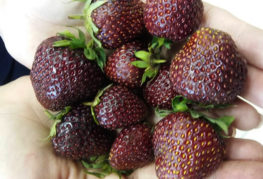
and will be published shortly.